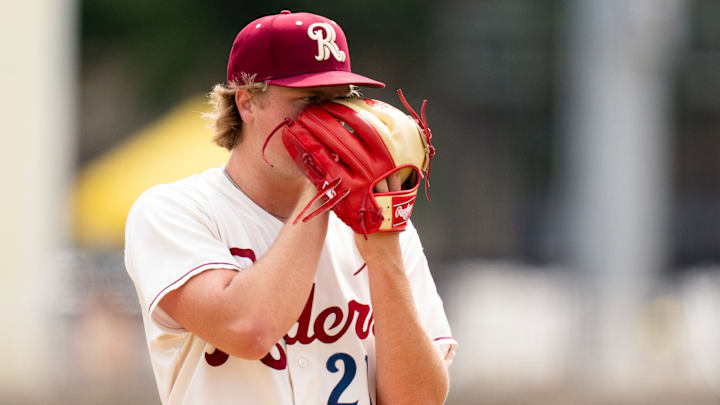3rd inning
Given it was his Cardinals debut and also his first start coming off the IL, it was expected that he would be given a short leash. So I was expecting Roby to give it his all in the third inning, which is exactly what he did. He started the inning with a strikeout that was an 85 MPH slider. I discussed prior how the slider was anywhere from 82-86 MPH. But he topped the pitch out at 90 MPH in the 3rd inning. It will be fun to see if he uses the hard pitch recognition to his advantage by mixing up the speeds. That is what I will be observing going forward. Roby ended his night with the pitch most people were excited about. He struck out the final batter with a fastball….that reached 100 MPH. His night was over and the Springfield Cardinals ended up losing in the 10 inning.
Tekoah Roby’s final line of his Cardinals debut:
— Springfield Cardinals (@Sgf_Cardinals) August 27, 2023
3.0 IP / 1 H / 1 R / 1 ER / 1 BB / 6 SO pic.twitter.com/6tELexbLP9
Final Thoughts
Tekoah Roby has lots of potential. You can see it by his composure on the mound and how electric his pitches looked all night. Given the excitement with his hype, there are still flaws to his game. The fastball was rising all night and led to many pop ups that traveled far given the high velocity. Without flattening the pitch, this can lead to high HR/9 in the big leagues. That will have to be addressed with his development.
Overall, Roby will need most of next season in the minors to get his stability in place. I also believe he won't be ready for the big leagues until 2025. But he shows promise to be a solid number 2-3 starter. This provides controllable depth for the rotation in the future. But John Mozeliak has a lot of work to do in the off-season to truly revamp this rotation.
